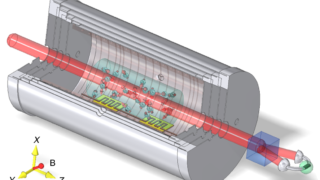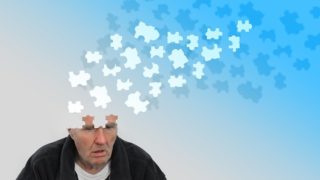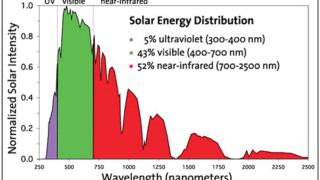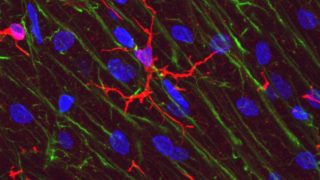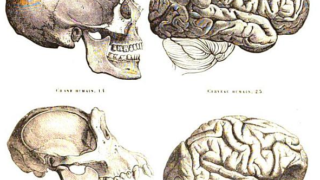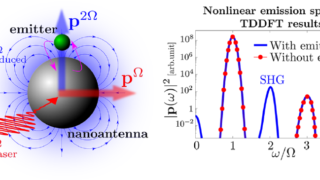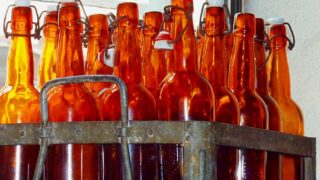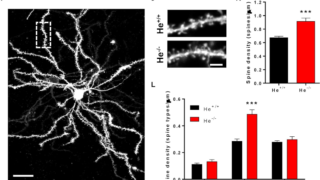
Could regulators of the immune system have a role in schizophrenia?
In a new publication led by Dr. Albert Giralt, the researchers discovered the interaction between a transcription factor identified as “Helios” and a protein called “WDFY1” that could help elucidate the link between immunity and schizophrenia . Schizophrenia is an incurable mental illness characterized by relapsing episodes of psychosis. This disorder affects approximately 1% of […]
